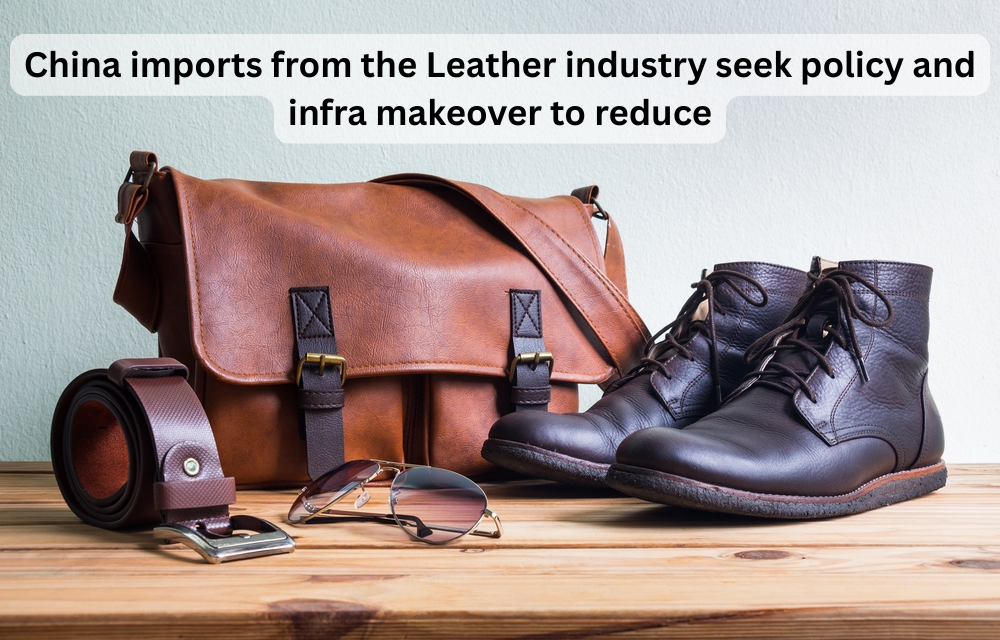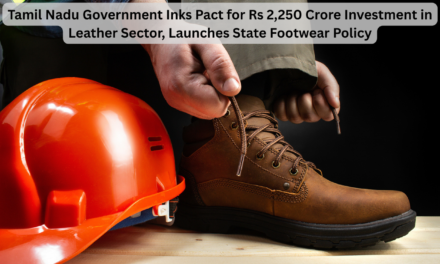India’s leather industry is calling for a comprehensive policy and infrastructure makeover to reduce its dependence on imports from China, particularly for critical raw materials and components. Despite being one of the largest global producers of leather goods, India relies heavily on Chinese imports for items like leather chemicals, machinery, and accessories, which significantly impacts production costs and profitability.
Industry leaders have highlighted the need for domestic production incentives, R&D investments, and infrastructure upgrades to build a self-reliant supply chain. The lack of domestic alternatives and limited availability of specialized inputs often force manufacturers to depend on Chinese imports, creating vulnerabilities in the face of geopolitical tensions and supply chain disruptions.
The Council for Leather Exports (CLE) has proposed measures such as tax incentives for local manufacturers, the establishment of raw material clusters, and the promotion of technology transfers to develop indigenous capabilities. Additionally, modernizing industrial parks and expanding access to skilled labor are critical steps to ensure the sector’s resilience and growth.
Reducing reliance on Chinese imports aligns with the government’s Atmanirbhar Bharat (Self-Reliant India) initiative, aiming to boost domestic manufacturing and create more jobs. By addressing these challenges, India’s leather industry can achieve cost efficiency, enhance export competitiveness, and secure its position as a global leader in leather goods and footwear.







